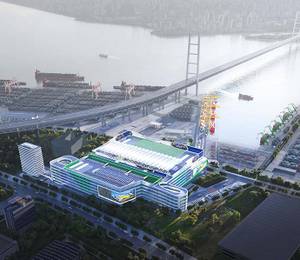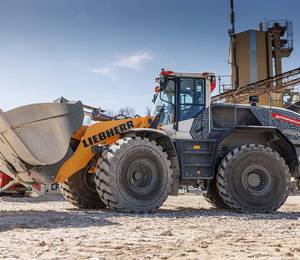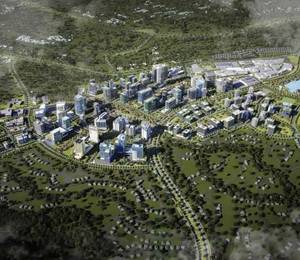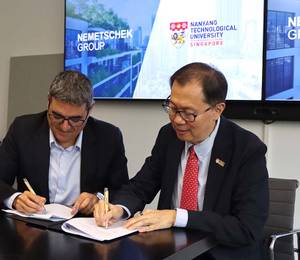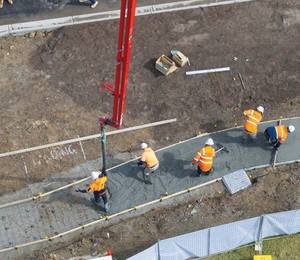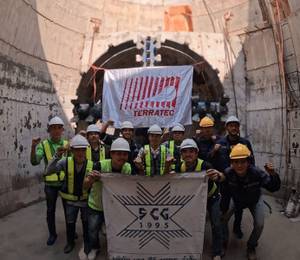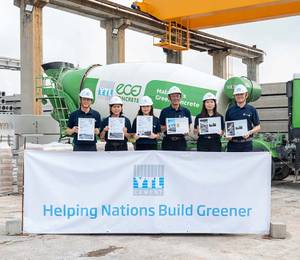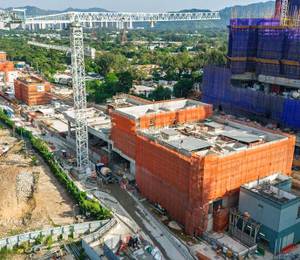SJ Group, Arup and Mott MacDonald are collaborating as the engineering consortium on Singapore’s Changi Airport Terminal 5 (T5) project to deliver full engineering consultancy services for the design of the main terminal building, satellite terminal building, ground transportation centre and the primary landside roadways.
This major development broke ground on 14 May 2025, officiated by Singapore’s Prime Minister and Minister for Finance Lawrence Wong. T5 will be a mega terminal, set to strengthen Changi Airport’s status as a leading air hub. “The construction itself of T5 is a significant, complex engineering project,” said Mr Wong at the groundbreaking ceremony.
T5 is located within the 1,080-ha Changi East development that is designed to withstand extreme weather and climate change effects. To manage stormwater during high tide and handle intense rainfall from extreme storms, the airfield features an elevation of 5.5 m above sea level, and the aircraft taxiways are sloped to allow rainwater to drain off effectively.
In a separate consortium comprising SJ, Arup, Mott MacDonald, as well as Changi Airport Planners and Engineers, they serve as the master civil consultants, delivering the infrastructure design at the landside and airside areas outside of the T5 buildings. These include taxiways, aircraft parking stands, roadways and drainage systems, plus the connections for utilities such as power, water, gas, fuel and telecommunications to the T5 buildings.
SAA Architects, an SJ company, is the architectural qualified persons for Headhouse 5A and Terminal 5B. Drawing on lessons learnt from the Covid-19 pandemic, T5 will be designed with the flexibility to operate as smaller sub-terminals when needed, with spaces that could be converted for the handling of contingencies, such as health testing operations or the segregation of high-risk passengers.
T5 will be connected to existing terminals at Changi Airport, enabling the airport to operate as an integrated air hub. Capable of accommodating about 50 million passengers annually, its first phase is slated to open in the mid-2030s.
T5 will also be a Green Mark Platinum Super Low Energy building, harnessing clean energy and using building management systems with innovative and efficient systems design to reduce the carbon footprint of Changi Airport. The terminal’s rooftop solar system, which would be one of the largest in Singapore, can potentially generate enough energy to power up about 20,000 four-room HDB flats for a year.
For the first time, T5 will see Changi Airport house a ground transportation centre integrating train, bus, taxi and other transport services, enhancing Changi Airport’s connectivity to the rest of Singapore.
All images: Changi Airport Group
